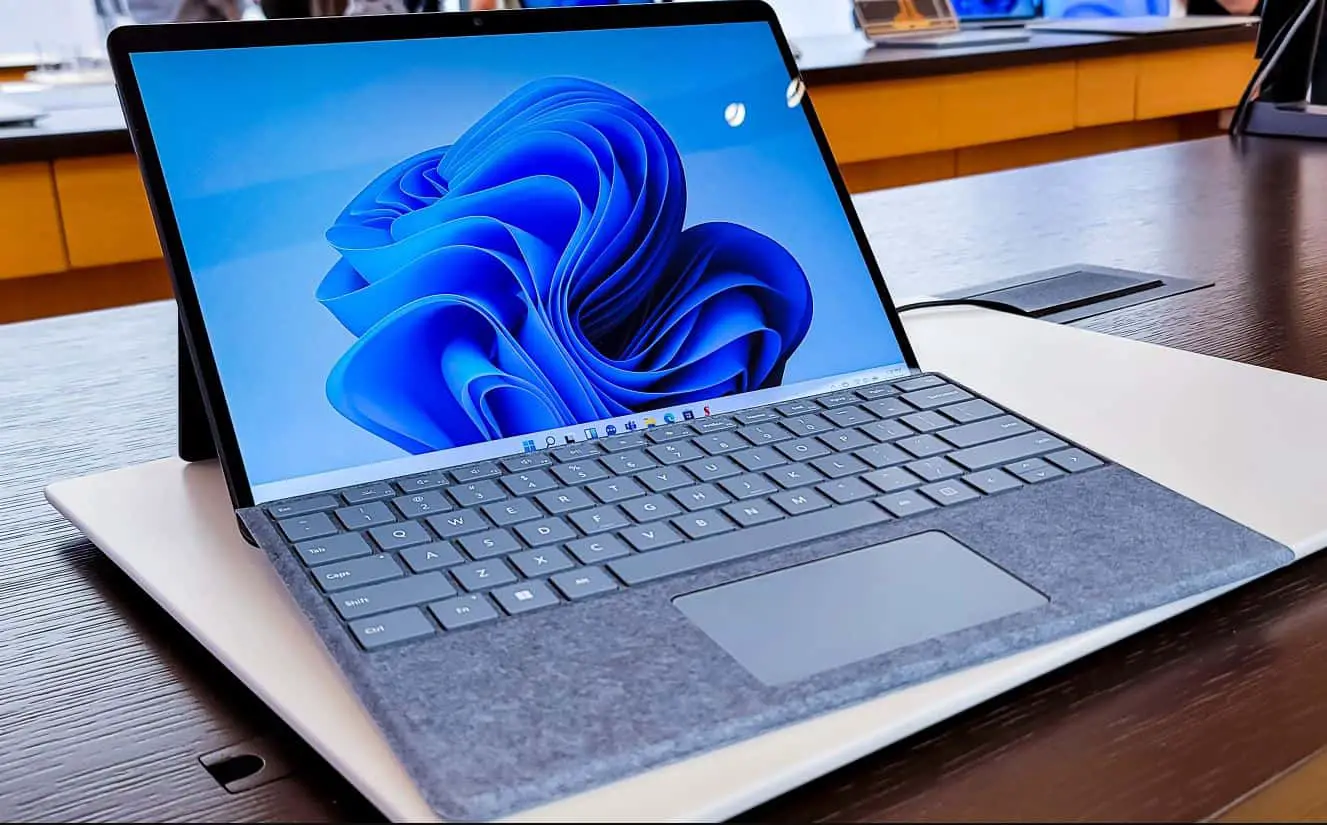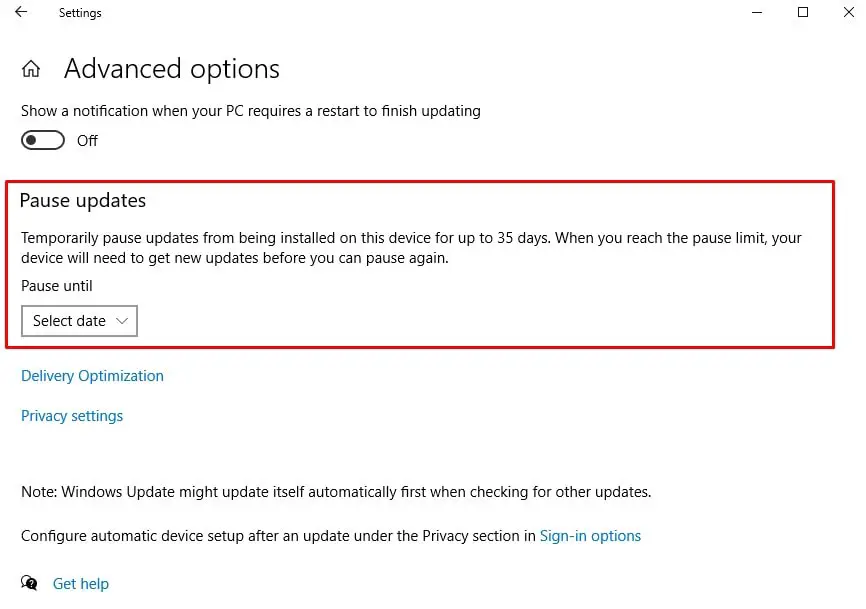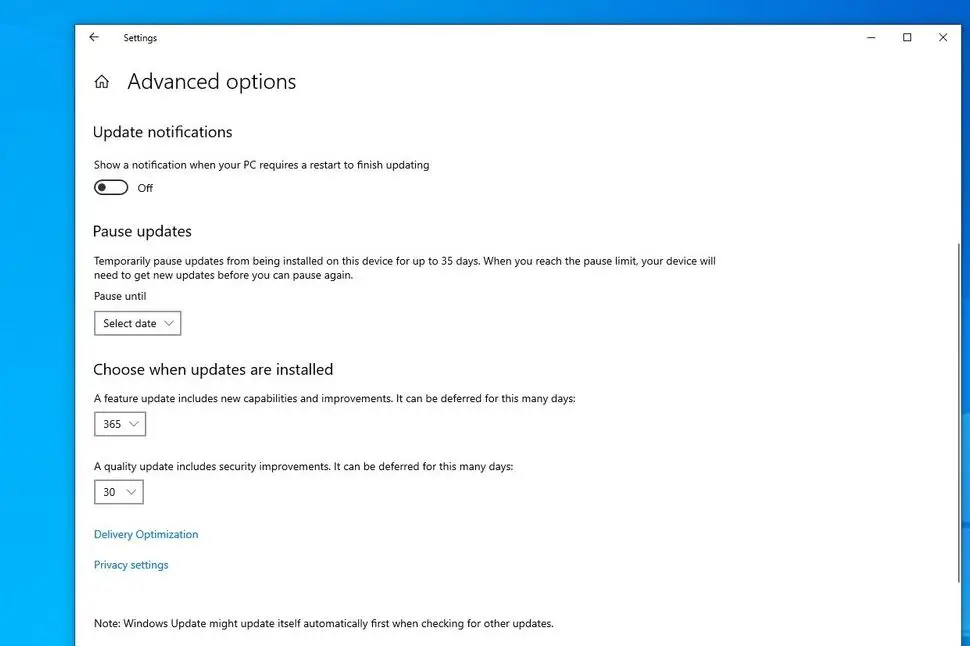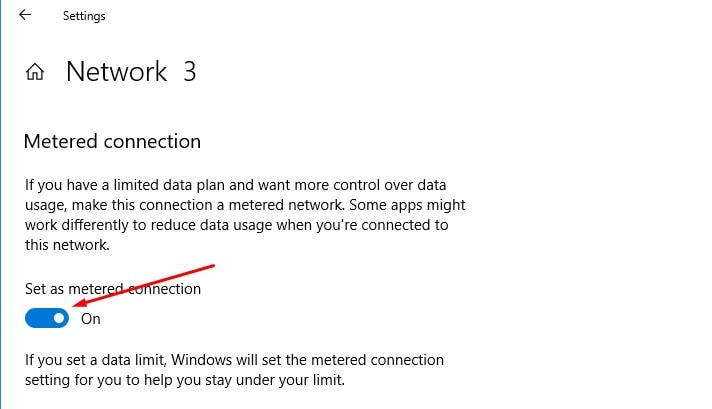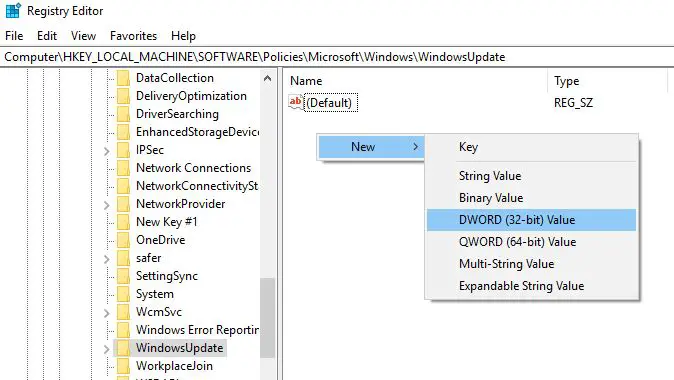Windows 10 was officially released and set to public rollout within few days and genuine users connected to Microsoft server receive the update automatically via windows update. But most of the users don’t want to disturb their existing setup and do not want their custom settings getting reset again by installing Windows 10. Also, There are a number of users report their documents folder had gone missing after an upgrade to the. Task manager bug causing issue etc.
While some users may want to download and install the Windows 10 update immediately on release, others may want to delay (defer) the installation of the update. Maybe because additional testing is required before deployment, or to wait and see how the update is perceived and if users who install it report major issues. If you are one of them, who is interested in delaying the Windows 10 upgrade, Here is the official ways to postpone the upgrade to Windows 10Update.
Delay Windows 10 update
Professional version (Pro and Enterprise) of Windows 10 users use the Defer Updates option under settings to Officially delay the installation of Windows 10 update. Also, you can use group policy editor to delay the upgrade. Where this option is not available in Windows 10 Home editions But don’t worry we can use the metered connection or tweak windows registry editor to delay the Windows 10 upgrade.
Defer windows 10 updates (Pro, Enterprise & Education)
Professional editions of Windows 10 come with options to defer updates. This can be set either in the Settings application or by using policies.
Note: If you are Windows 10 Home basic User Skip This step.
Using the Settings application
Open Windows 10’s settings by pressing Windows + I. Here, click on “Update & Security”. Under the “Update Settings” section, click on “Advanced options”.
The quickest way to delay the update is to turn on the toggle switch for Pause Updates, which buys you 35 days.
To delay longer, you can change the setting Under ‘Choose when updates are installed’ choose ‘Semi-Annual Channel’ from the drop-down menu Changing this setting from the ‘Semi-Annual Channel (Targeted)’ to ‘Semi-Annual Channel’,
- Semi-Annual Channel (Targeted) — Defers the new version up to 365 days since its original release date.
- Semi-Annual Channel — Defers the new version up to 365 days after it becomes available to organizations. Typically, it takes four months after a new version becomes available in the Semi-Annual Channel (Targeted) readiness level.
To delay the update for longer than four months, click the drop down menu under feature update includes new capabilities and improvements’. In this drop down menu select the number of additional days you would like to defer the update for, up to a maximum of 365. And that’s it. Your device will not receive the update until the time you’ve specified, or until you revert the settings.
Defer Windows 10 updates Using Group Policy
First, open the Group Policy Editor in the following way: Press Win + R, type gpedit.msc And hit the enter key. Now Navigate to the following folder: Computer Configuration > Administrative Templates > Windows Components > Windows Update > windows update for business.
Here Double-click on “Select when preview builds and Feature Updates are received” to open the policy setting. Set the policy enabled to activates the options that are provided.
You have two options to postpone the update:
- Defer the Feature update for up to 365 days.
- Pause Feature updates for up to 35 days.
Delay update Windows 10 home Users
If you are a Windows 10 home basic User you don’t have Defer update option to set option Delay Windows 10 update. Here some Extra tweak to Avoid Windows 10 update installation on Home Basic computer.
Set as a metered connection
Open your computer’s settings by pressing Windows + I. Here, click on “Network & Internet”. Under “Network & Internet”, go to Ethernet/Wi-Fi, and then click on the name of the network you’re connected to. Here, under “Metered connection”, you’ll find a toggle called “Set as metered connection”. Turn this on and you’re done.
And that’s it. Windows 10 will now assume that you have a limited data plan and will not download updates while being connected to this network.
Defer upgrades and updates modifying the Registry
Also, you can Tweak Windows registry editor to defer Windows 10 upgrades
- Go to Start, type regedit, and hit Enter to open the Registry.
- First backup the registry database, then browse the following path:HKEY_LOCAL_MACHINE\SOFTWARE\Policies\Microsoft\Windows\WindowsUpdate
- If you don’t see the WindowsUpdate key, right-click the Windows key, select New > Key, and name the key WindowsUpdate.
- Inside of WindowsUpdate, right-click on the right pane, select New > DWORD (32-bit), and name the key DeferUpgrade. Then double-click the key and change its value from 0 to 1.
- Repeat the previous step and create a key named DeferUpgradePeriod. Then double-click the new key and change its value. Here you can use 0-8, where each number represents a number of months you want to delay an upgrade.
- Repeat the previous step and create a key named DeferUpdatePeriod. Then double-click the new key and change its value. Here you can use 0-4, where each number represents a number of weeks you want to delay updates.
Disable Windows 10 Updates Completely
Alternatively, you can completely Disable Windows Updates Download and installation by Disable the Windows services. For this press Win + R, type services.msc and hit the enter key. Now scroll down and look for Windows update service. Double click on it change the startup type Disable and stop the service next to the service status as shown below image.
These are some tweaks to Delay the Windows 10 update, Disable Windows 10 Automatic update installation etc. I hope you find this helpful, have any query, suggestion feel free to comment below.
Also, Read
- 3 effective solutions to fix 100% disk usage in Windows 10
- Solved: Windows 10 Webcam keeps freezing every few minutes
- Windows 10 laptop Freezes Applications Not Responding on Startup? Let’s fix it
- Windows 10 Search not working after windows update? Apply these solutions
- Windows 10 won’t shut down after update? Here’s How To Fix It!
